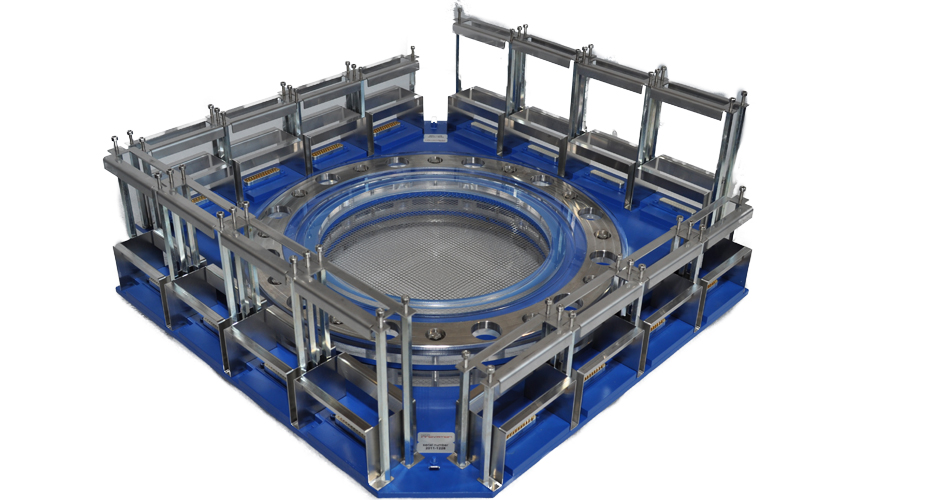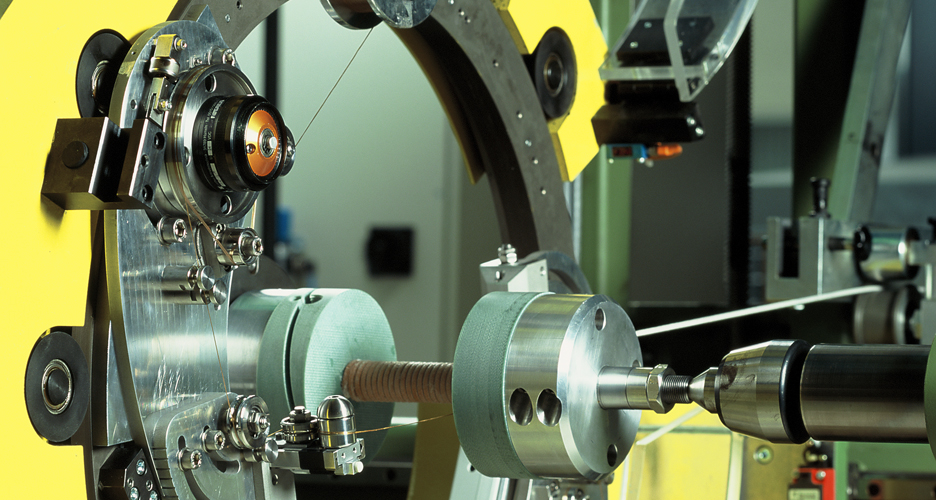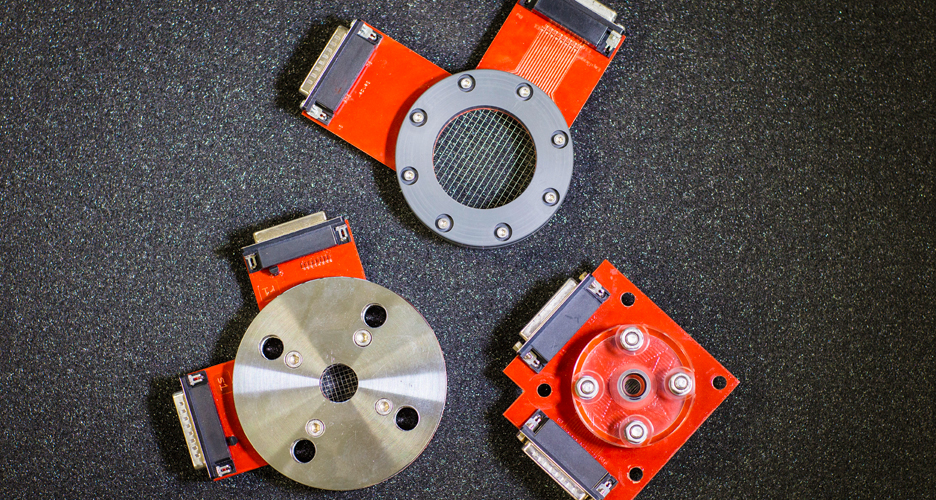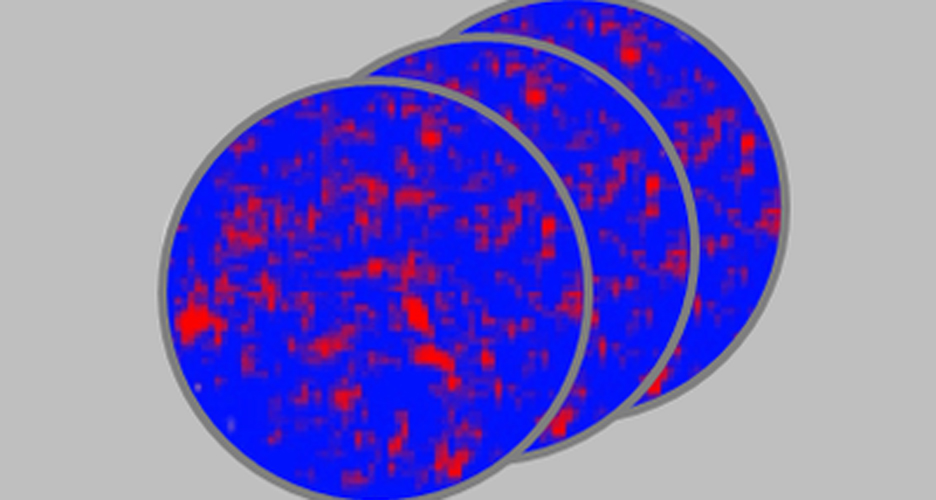Visualization and analysis of two-phase flows
Wire-mesh sensors are imaging instruments for the analysis of gas-liquid and liquid-liquid multiphase flows. They combine a robust design, secure phase discrimination and ultrafast measurement. Wire-mesh sensors allow you to visualize and measure transient flows with unprecedented frame rates of up to 10,000 images per second and up to 2 mm spatial resolution and thus to disclose even the last unresolved detail of your flow problem.




